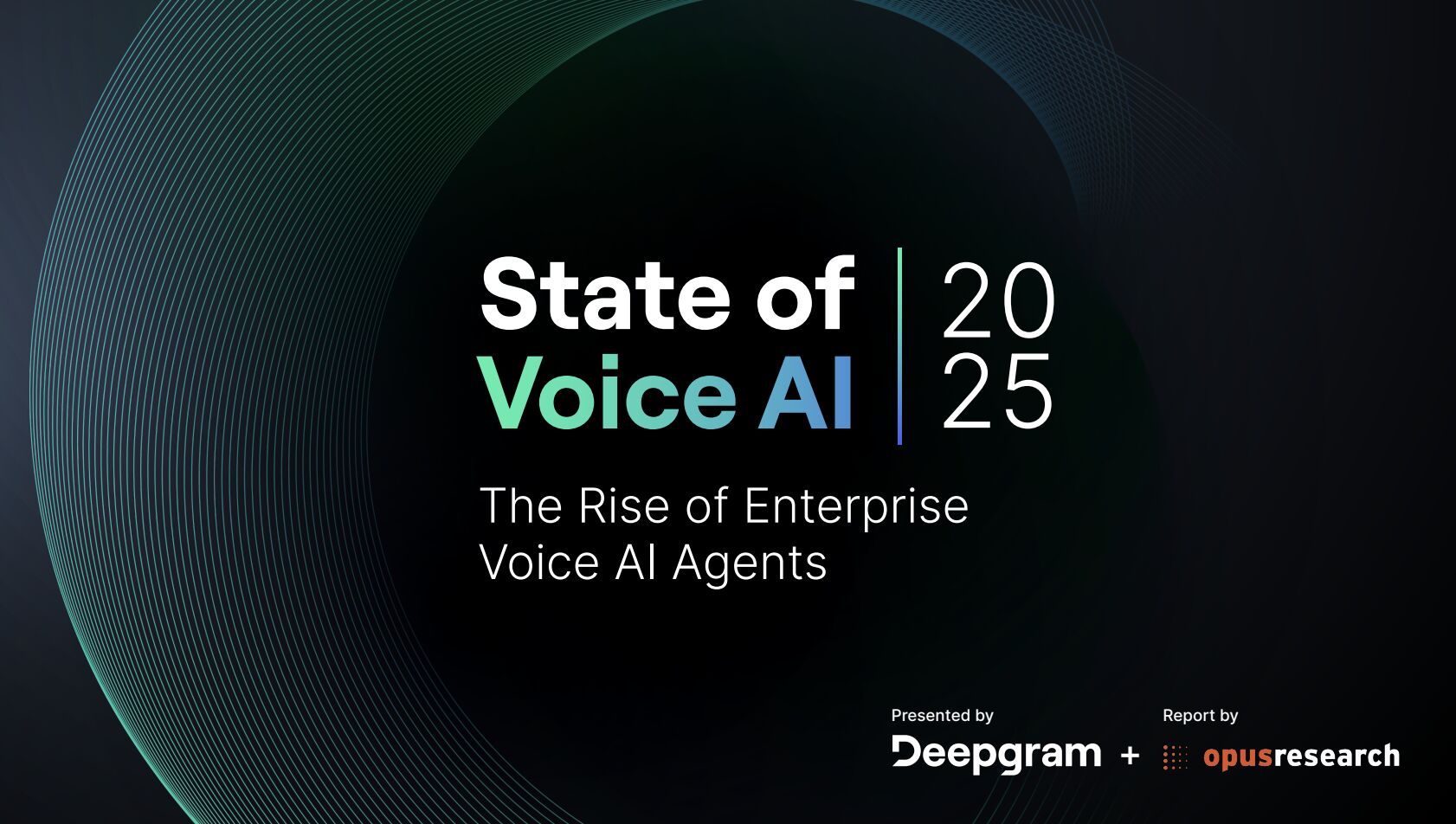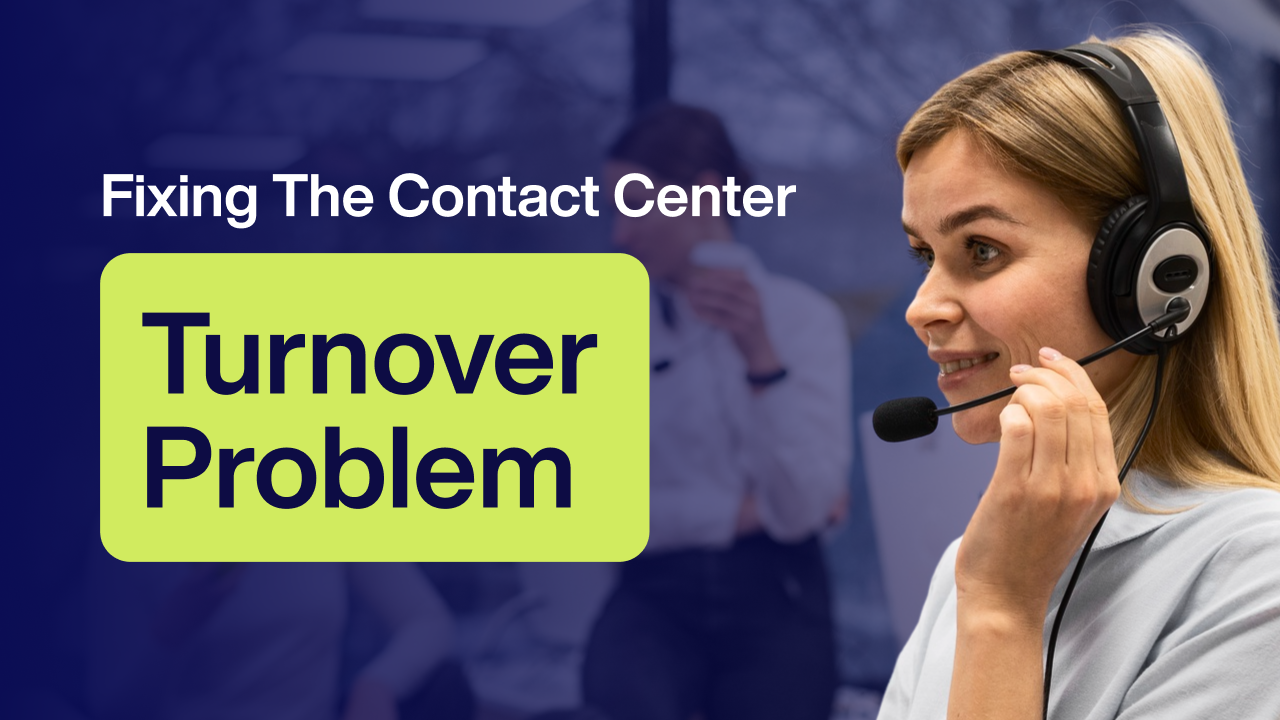Georgia’s Medicaid “Pathways” Program: A Partial Step, A Full Challenge for FQHCs

Introduction: Between Policy and Practice — The Burden of Partial Medicaid Expansion
After years of holding out, Georgia became the first state to implement a partial Medicaid expansion in July 2023. Known as Pathways to Coverage, the program offers Medicaid eligibility to adults aged 19–64 earning up to 100% of the federal poverty level (around $15,000/year for an individual), but with a catch: enrollees must complete at least 80 hours per month of work, training, or community service to remain eligible.
While hailed by some as a “compromise solution,” Pathways is one of the most restrictive Medicaid expansions in the country. It leaves out many low-income Georgians—including people with unstable employment, caregiving responsibilities, or those facing language, transportation, or digital access barriers. As a result, Georgia’s uninsured rate remains around 12%, well above the national average.
In this gap, Federally Qualified Health Centers (FQHCs) continue to serve as the safety net. These centers not only provide direct care for the uninsured, but are now working on the frontlines to educate, enroll, and support eligible patients through Pathways. It’s a tall order: navigating a complex policy while continuing to care for the vast number who still fall through the cracks.
1: Process Innovation — Outreach, Enrollment, and Digital Navigation
Pathways requires eligible individuals to not only meet work/training requirements but also report their hours regularly and submit documentation to the state. For many patients unfamiliar with Medicaid systems—or those with limited digital literacy—this process is daunting.
FQHCs across Georgia have stepped up with process-based innovations designed to support patients from awareness to enrollment.
Key Process Strategies:
- Patient Education Campaigns
FQHCs like Albany Area Primary Health Care and Curtis V. Cooper Primary Health Care are running bilingual outreach programs, including social media campaigns, town halls, and one-on-one counseling, to demystify the program and explain eligibility requirements. - Enrollment Assistance Stations
Clinics have installed on-site enrollment kiosks, staffed by trained navigators who assist patients with completing applications, submitting documentation, and setting up accounts with Georgia Gateway (the state’s online benefits portal). - Work/Training Tracking Support
Some FQHCs have developed simplified templates and guidance to help patients track their 80 required hours and understand what qualifies as acceptable activities. - Outreach in Community Hubs
FQHC outreach teams are setting up booths at churches, job centers, and GED programs, targeting populations who may qualify but aren’t aware of the program—or don’t believe they can meet the reporting requirements.
While these processes can’t solve the deeper access issues created by policy design, they do help patients maximize whatever options they have—an essential role in the current environment.
2: People Power — Navigators, Advocates, and Frontline Staff
Behind these initiatives are the people who understand both policy and community—navigators, care coordinators, and outreach workers who meet patients where they are.
Key People Strategies:
- Hiring and Training Community Health Workers (CHWs)
CHWs are often recruited from the very communities the FQHCs serve—people who know the language, culture, and challenges their neighbors face. They serve as trusted messengers, easing fears about public programs and guiding patients through complicated systems. - Medicaid Navigators in Every Clinic
Clinics like Athens Neighborhood Health Center have hired full-time Medicaid navigators, co-located with providers, who can identify eligible patients during visits and begin the enrollment process on the spot. - Partnerships with Job Training Centers
To meet the 80-hour requirement, FQHCs are teaming up with local workforce development programs and technical colleges to connect patients with qualifying training opportunities. Some even provide transportation vouchers to support access. - Cross-Training Front Desk and Clinical Staff
Recognizing that questions about coverage come up at every touchpoint, some FQHCs have trained all staff to give consistent messaging about Pathways and make real-time referrals to enrollment teams.
These people-centered approaches are essential in a policy environment that puts the onus on patients to qualify, even when those patients are already struggling with basic needs.
3: Real-World Examples — Impact, Gaps, and What’s Still Missing
Georgia’s FQHCs are adapting, but the gaps in coverage remain wide, and the system is showing signs of strain.
Case Study: Community Health Care Systems – Central Georgia
Serving 15 counties in central and rural Georgia, this FQHC has seen the ripple effects of partial expansion firsthand.
- Challenge:
Many patients work in agriculture or construction—fields with irregular schedules that make it difficult to document the required 80 hours. - Response:
The clinic created a “coverage help desk” available by phone and in person, helping patients understand what counts toward their hours and how to report them. Still, many fall short or miss deadlines due to technology or time barriers. - Result:
Only about 30% of eligible patients followed through successfully from screening to full enrollment—highlighting how complexity limits participation.
Case Study: West End Medical Centers – Atlanta
Serving a predominantly Black, low-income urban population, West End Medical has seen an uptick in young adults attempting to enroll in Pathways—many gig workers or part-time employees.
- Problem:
Confusion over what types of work “count” has led to frequent disqualifications. Many patients do cash work or informal caregiving, which is difficult to prove. - Solution:
The clinic is developing template letters and affidavits for patients to document their employment or training participation when formal pay stubs aren’t available. - Result:
The process is labor-intensive and doesn’t guarantee enrollment, but it’s giving more patients a fighting chance to access care.
These stories illustrate a consistent theme: FQHCs are carrying the burden of bureaucracy, helping patients navigate a system that was designed with more barriers than bridges.
Conclusion: The Work Continues — But Should It Be This Hard?
Georgia’s Pathways program may have expanded Medicaid in name, but in practice, it remains out of reach for too many low-income residents. With work and reporting requirements, partial eligibility, and limited enrollment assistance built into the system, many fall through the cracks—often the very people who need care the most.
That’s where FQHCs step in.
Whether through mobile outreach, enrollment navigation, or health literacy campaigns, Georgia’s FQHCs are once again showing their value—not just as providers of care, but as community anchors adapting to flawed policies in real time. They are doing the hard work of making limited coverage options work for as many patients as possible.
But they shouldn’t have to do this alone. The Pathways model illustrates the limits of partial solutions. The state’s continued high uninsured rate—combined with the administrative complexity of the program—makes it clear that full Medicaid expansion remains the more equitable, efficient, and cost-effective path.
Until then, Georgia’s FQHCs will keep doing what they’ve always done: meet people where they are, advocate for what they need, and care for them regardless of coverage.
📣 Are you a provider, policy advocate, or community member in Georgia?
✅ Support funding for Medicaid navigators and outreach programs
✅ Share your patient or staff experience with Pathways to help improve the system
✅ Advocate for full Medicaid expansion to reduce administrative burden and improve access
Let’s move beyond “partial solutions” and toward whole-health equity for every Georgian.
No Spam —
Just Good Stuff.
Join our newsletter for actionable advice, insider knowledge, and strategies that drive real results.
No fluff, just value.
%20(1).png)

.png)



































































.png)
.png)
.png)



.png)
.png)
.png)
.png)
.png)
.png)
.png)
.png)
.png)
.png)
.png)
.png)
.png)
.png)
.png)
.png)









